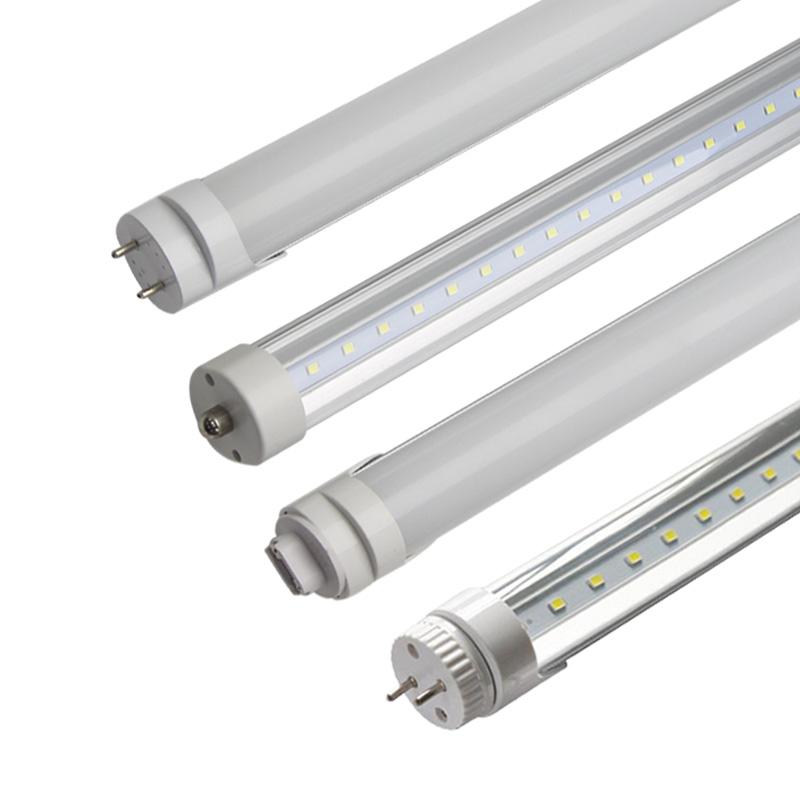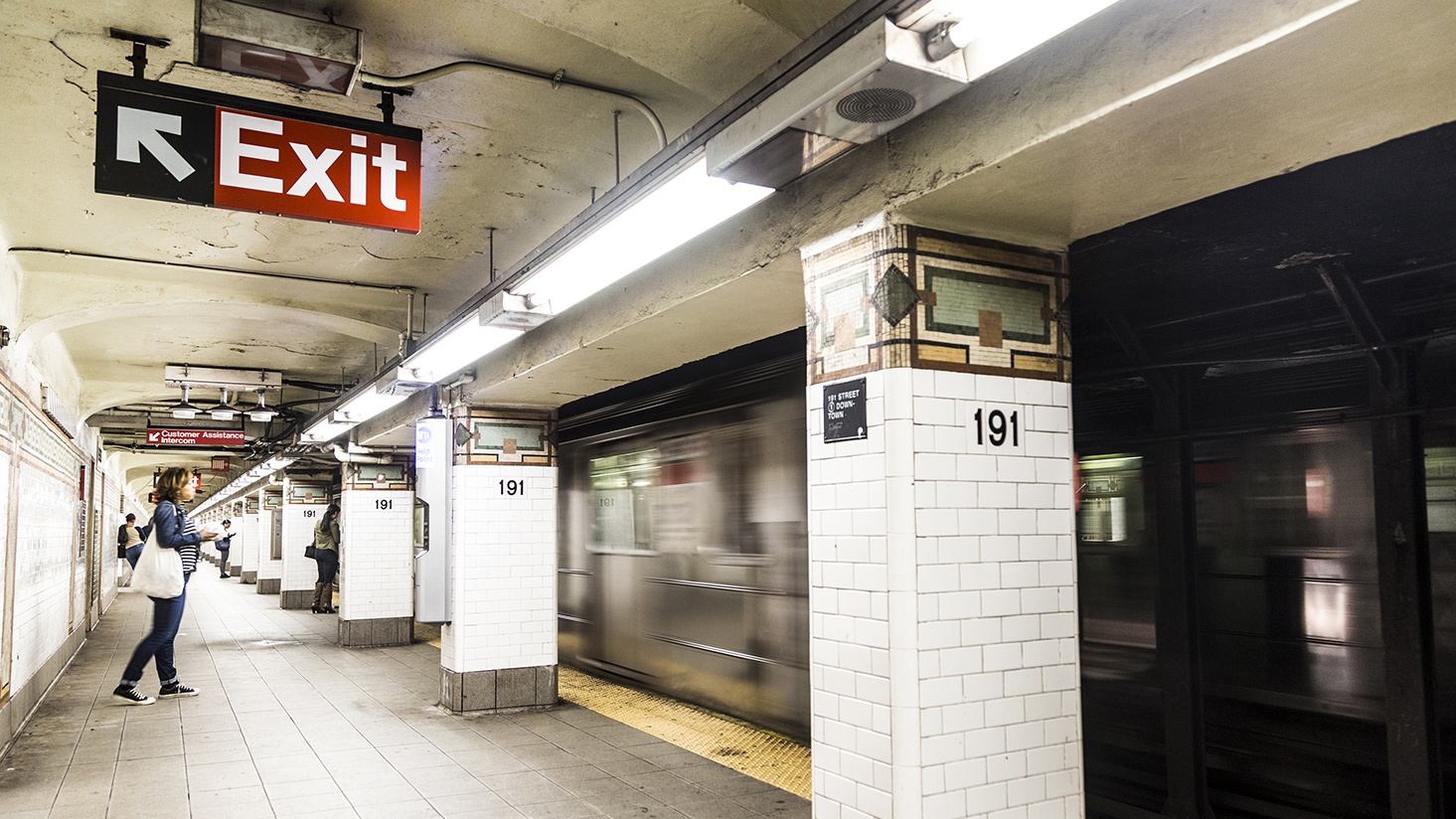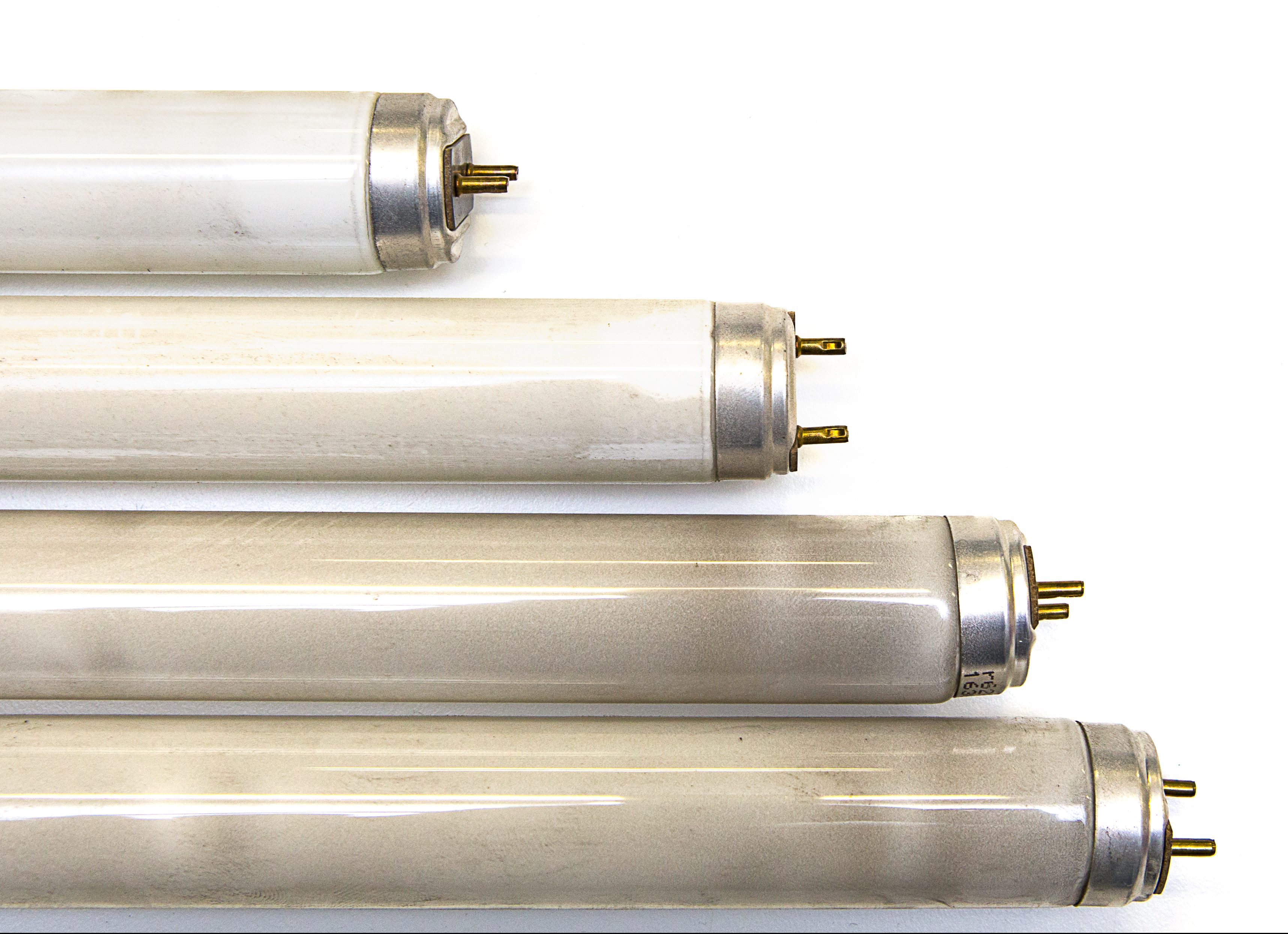1 What is fluorescent light?
A fluorescent lamp, or fluorescent tube, is a low-pressure mercury-vapor gas-discharge lamp that uses fluorescence to produce visible light. An electric current in the gas excites mercury vapor, which produces short-wave ultraviolet light that then causes a phosphor coating on the inside of the lamp to glow. A fluorescent lamp converts electrical energy into useful light much more efficiently than incandescent lamps. The typical luminous efficacy of fluorescent lighting systems is 50–100 lumens per watt, several times the efficacy of incandescent bulbs with comparable light output.
Fluorescent lamp fixtures are more costly than incandescent lamps because they require a ballast to regulate the current through the lamp, but the lower energy cost typically offsets the higher initial cost. Compact fluorescent lamps are now available in the same popular sizes as incandescents and are used as an energy-saving alternative in homes.
Because they contain mercury, many fluorescent lamps are classified as hazardous waste.
2 Cons and Pros of fluorescent lights
A. Linear fluorescent cons
a. Not good for eyes
Fluorescents aren’t easy on the eyes! If you find your eyes are often bloodshot or dry, you may want to evaluate the light source you are under for most of the day. For example, linear fluorescent tubes in parabolic troffers in an office space can cause you to subconsciously squint due to the harsh light. A better application would be linear fluorescents in a center basket troffer, which softens the light that reaches the ground.
b. Color shifting or lumen depreciation
As we mentioned above, the longer fluorescents burn, the more likely it is that the chemical properties will shift to cause an imbalanced reaction, making the fluorescence less white and less bright than it once was. Light output depreciates and your lighting can look like patchwork over time.
c. Extra expenses for recycling cost
Although the recycling cost is outweighed by the energy savings fluorescents create, there is the added expense to make sure the fluorescent bulbs are properly disposed of.
d. 10-30 seconds for warm up
In order for the fluorescents to reach their full brightness, you may have to wait anywhere between 10-30 seconds for warm up.
B. Linear fluorescent pros
a. Saving energy
By retrofitting from incandescent or halogen to linear fluorescent lighting, you can expect to see a 40 percent savings on your energy bill.
b. Variety of color temperatures
If you need a really “cool temperature” space, such as a hospital hallway or a Metro station, fluorescents offer color temperatures as cool as 6500 Kelvin. While there aren’t many applications that require light quite that cool, the range of colors from warm to cool is a point of flexibility for fluorescents.
c. Cheap
When compared to LED, linear fluorescent lighting tends to be more affordable. LED, in fact, has driven down pricing on fluorescents over the last several years.
3 The reason why led gradually replaced fluorescent lights
LED replacement lamps are on average 30% more efficient than their fluorescent counterparts. That means if you are spending $10,000 on your lighting energy costs per year, your bill will be reduced by $3,000 or more, every year that you use the LED bulbs. Standard 4-foot T8 LED bulbs are available at as low as 12 watts of power consumption, while their fluorescent counterparts will start at 25 watts.
a. Long lifespan
Some linear fluorescent lamps are now rated to last up to 84,000 hours, while the average life of a fluorescent tube lamp is only 30,000 hours. That is over twice as long, so keep that in mind when you are calculating your purchase. The LED lamp is more expensive, but you will need to replace your fluorescent bulbs 2 or 3 times during the lifespan of an LED. Keep in mind the labor costs of replacing those fluorescent bulbs, particularly if you are lighting a large warehouse.
b. Less light pollution
One of the big reasons why an LED is more efficient is because it only emits light in one direction. The light emitting diodes(LEDs) are all arranged along the bottom of the lamp and send light downwards. Fluorescent lamps emit light in all directions, including up towards the ceiling where it is not needed.
Have you noticed that many LED fixture have a lower lumen output than fluorescents? That is okay and is because LEDs are directional. They only emit light in the desired direction.
c. No harm
One of the downfalls of fluorescent lighting is that each bulb contains mercury, which is harmful to the environment and must be disposed of properly. You can purchase special recycling kits to dispose of your fluorescent lamps properly, but add that to the cost of opting for fluorescent lighting over LED.
d. Durable
Have you ever picked up a fluorescent lamp that dropped on the ground? If you did it was probably with a broom and dust pan. Fluorescent tube lamps are notoriously fragile, and their LED counterparts are just the opposite. They are built with a durable plastic housing that should even be able to withstand a drop from a low height.
e. Dimmable
The ability to dim your lights increases their efficiency, because you will only be using the wattage necessary for the amount of light that you require. Most fluorescent lights have two settings, ON and OFF. That means that even if you only need a little bit of light, you still need to operate at full power consumption. Some expensive fluorescent bulbs are dimmable with a special ballast, but at that point your cost is comparable to an LED option.
f. Save energy consumption
Fluorescent lights put off a significant amount of heat. Your air conditioner will be battling that all day to keep your environment at an acceptable temperature. LEDs on the other hand put off virtually no heat. Beyond just the energy consumption of the bulbs, LEDs will help cut on your air conditioning energy consumption.
g. Easy installation
Many LED tubes are “plug and play”, meaning you can just install them like you would a fluorescent bulb. For this to be true, look for bulbs that are “ballast-compatible” meaning that they can use the ballast already installed in your fluorescent fixture to power the LEDs.
h. Work well with occupancy sensors
A great way to improve efficiency in your warehouse or other space is to install occupancy sensors. This ensures that light will only be produced in areas where someone is present. Unfortunately, this can have a big impact on the life of your fluorescent lights. Each time you turn on a fluorescent bulb, a small amount of a mercury vapor is burned off. Once that is diminished, the bulb will no longer work. On the other hand, the life of an LED bulb is not affected by the number of times it is turned on and off.
i. Various Color Temperatures
It used to be that LED bulbs were only available in cool color temperatures of 5000K and higher. That is not the case any more, as LED bulbs are available between very warm(2700K) to extremely cool(5700K). Now you can use LED tube lamps in all sorts of applications from healthcare where you might want a cool color temperature, to your home where you might prefer a low and warm color temperature.
It is important to choose a right LED, if you have any needs pls contact us.







